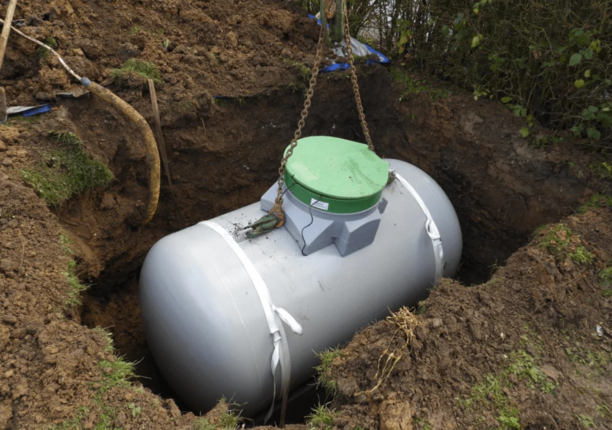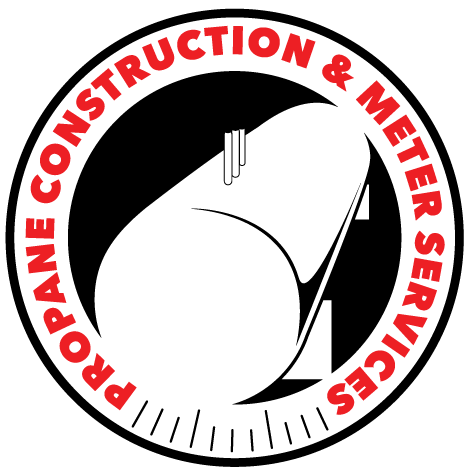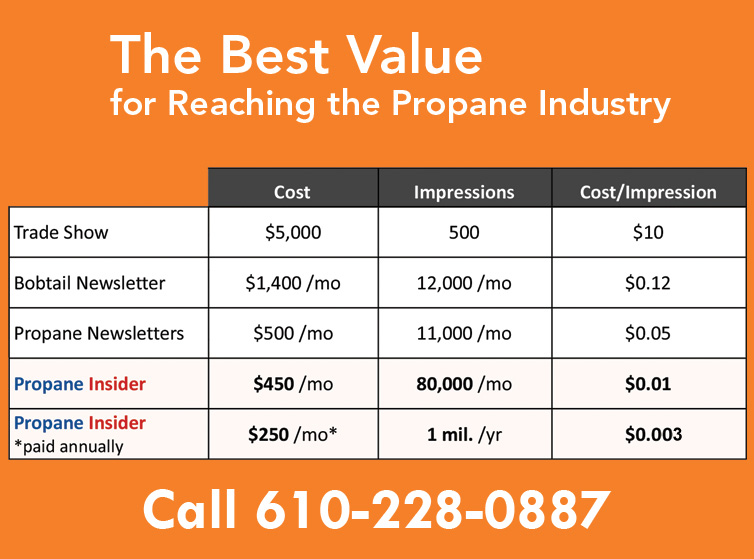Keeping Underground Propane Tanks In Check

Ensuring the safety and longevity of underground propane tanks is crucial for maintaining reliable and efficient operations. Regular testing and maintenance are key components in preventing issues and extending the lifespan of these tanks. Here’s a general overview of the essential tests and practices for underground propane tanks.
Cathodic Protection
Cathodic protection is a critical method used to prevent corrosion in underground propane tanks. Corrosion can significantly weaken the tank and lead to potential leaks or failures. This protection involves an electrochemical process that safeguards the tank by using a sacrificial anode or an impressed current system. By applying this method, one can effectively counteract the corrosive effects of soil and moisture, ensuring that the tank remains in good condition.
Leak Testing
Regular leak testing is essential to identify and address any potential leaks early on. This test helps ensure that the propane tank is secure and that there are no gas leaks, which could pose significant safety risks or lead to costly repairs. Leak tests should be conducted periodically or whenever there are any signs of potential issues.
Visual Inspections
Visual inspections of underground propane tanks involve checking the condition of the tank and its components from accessible points. This includes looking for signs of damage, wear, or other issues that may indicate a problem. Regular visual inspections help catch issues before they become major problems, contributing to overall safety and efficiency.
Pressure Testing
Pressure testing is performed to ensure that the propane tank and its associated piping can withstand the pressures they will encounter during regular use. This test is crucial for verifying the structural integrity of the tank and its fittings. Pressure testing should be conducted according to industry standards and regulations to ensure both compliance and safety.
Documentation and Record Keeping
Keeping thorough records of all testing and maintenance activities is crucial. This documentation provides a history of the tank’s condition and any work performed, which can be valuable for future inspections and compliance with regulatory requirements. Keeping accurate records also helps in tracking the performance of the tank over time and planning for any necessary replacements or upgrades.
Conclusion
Regular testing and maintenance of underground propane tanks are vital practices for ensuring their safety and longevity. By implementing these measures, you can effectively manage the health of your propane tanks. Additionally, maintaining thorough documentation will support proper compliance and will help in promptly addressing any potential issues. Taking these steps will also contribute to a safer and more efficient operation, protecting both the environment and your investment.
















